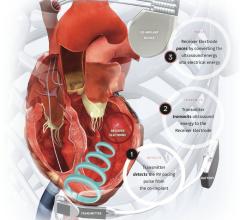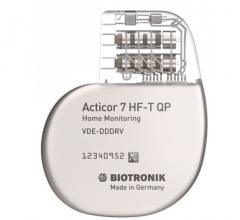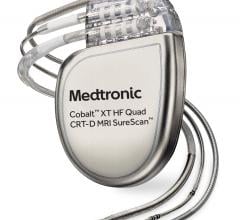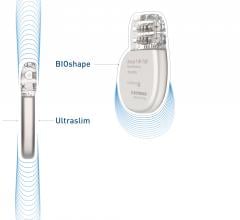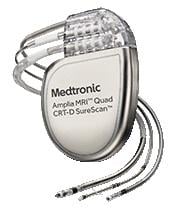
Amplia MRI Quad CRT-D SureScan image courtesy of Medtronic
March 17, 2016 — Medtronic plc announced that it received CE (Conformité Européenne) Mark for the first and only cardiac resynchronization therapy defibrillators (CRT-Ds) approved for 3 Tesla (T) magnetic resonance imaging (MRI) scans.
This full line of CRT-Ds, also labeled for 1.5T scanners, is now available in Europe to help treat heart failure and reduce the risk of sudden cardiac arrest in patients with Claria MRI Quad CRT-D SureScan, Amplia MRI Quad CRT-D SureScan and Compia MRI Quad CRT-D SureScan systems. All three CRT-Ds are approved for MRI scans without positioning restrictions. The Claria CRT-D is not approved for sale in the United States.
"The ability to provide CRT-D patients with access to MRI scans is a significant, necessary advancement that may help save lives," said Prof. J. Schwitter, cardiologist and director of the Cardiac MR Center at the University Hospital Lausanne, Switzerland. "The most common magnetic field strength for an MRI is 1.5T, particularly for cardiac MRI; however, many institutions are installing 3T scanners to provide increased image clarity for conditions involving the brain and spine. With expanded access to 3T scans, physicians can now use a broader spectrum of MRI machines to most accurately diagnose critical and even life-threatening conditions."
As many as 40 percent of CRT patients will need an MRI within four years after receiving a device. However, until the availability of MR-conditional CRT-Ds, patients with these devices were contraindicated from undergoing MRI scans because of the potential interaction between the MRI and the device function, which could result in risk to the patient. This has prevented thousands of heart failure patients from receiving an MRI scan, an important imaging technology used by doctors to diagnose conditions such as stroke, cancer, Alzheimer's disease, and muscle, bone and joint pain.
The Claria MRI CRT-D features the EffectivCRT Diagnostic and the EffectivCRT during AF algorithm, which automatically adjusts pacing rates, without adversely affecting the average heart rate, to tailor the therapy to individual patients.
The Claria MRI and Amplia MRI CRT-Ds also feature the AdaptivCRT algorithm, which has been shown to improve CRT response rate by 12 percent and to reduce risk of atrial fibrillation by 46 percent compared to echo-optimized biventricular pacing. They also enable Multiple Point Pacing, which can stimulate two sites on the left ventricle (lower chamber) simultaneously.
Additional features available in all three devices include:
- Attain Perfoma MRI SureScan Quadripolar Leads: Attain Perfoma left ventricular leads include short bipolar spacing to reduce phrenic nerve stimulation (PNS) occurrence; steroid on all electrodes; and three shapes for varying patient anatomies; and
- VectorExpress technology: An automated in-office test that reduces lead programming to two minutes and reveals clinically actionable information to help physicians select optimal pacing configurations for each patient.
In addition to the full line of CRT-Ds, Medtronic MR-conditional cardiac rhythm and heart failure devices and leads previously approved for 1.5 Tesla are now approved for full body scans in both 1.5 and 3T MRI machines in Europe. These include: Advisa MRI and Ensura MRI pacemakers, Micra transcatheter pacing system, Reveal XT and Reveal LINQ insertable cardiac monitors (ICMs), and Evera MRI and Visia AF MRI implantable cardioverter defibrillators (ICDs).
For more information: www.medtronic.com

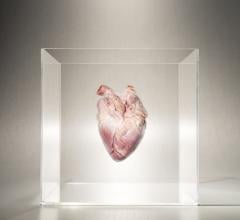
 May 22, 2023
May 22, 2023 

